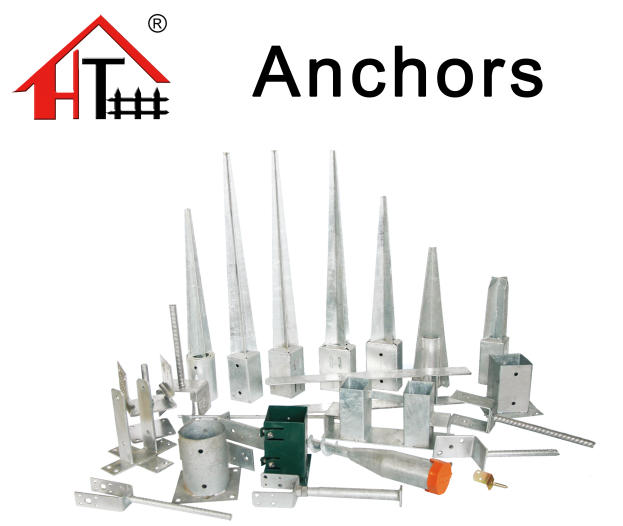Plant Frames and Supports Enhancing Garden Aesthetics and Health
In the world of gardening, plant frames and supports play a crucial role in promoting the growth, health, and aesthetics of plants. These structures not only provide physical support but can also enhance the visual appeal of a garden, making it more organized and pleasant to view. As gardening enthusiasts learn more about the benefits of utilizing plant frames and supports, they are discovering innovative ways to incorporate these elements into their gardening practices.
At the core of why plant frames and supports are used lies the simple concept of stability. Many plants, especially climbing varieties like peas, beans, and cucumbers, require assistance to reach their full potential. Without some form of support, these plants may become bogged down, resulting in stunted growth and increased susceptibility to diseases. By employing trellises, stakes, or cages, gardeners can ensure that their plants have the necessary stability to grow vertically rather than spreading out flat on the ground.
One common type of support is the traditional trellis. Trellises can be made from various materials such as wood, metal, or plastic, and they come in many designs and sizes. These structures allow plants to climb, enabling air circulation and sunlight to reach all parts of the plant. What’s more, trellises can transform a simple vegetable garden into a beautiful, vertical display, adding height and intrigue to the landscape. This is particularly beneficial in smaller gardens where space is limited, making vertical gardening a popular trend among urban gardeners.
plant frames and supports

In addition to trellises, stakes are another effective form of plant support. Stakes are typically used for individual plants that need assistance, such as tomatoes and peppers. By tying the plant to a stake, gardeners can prevent the stems from breaking under the weight of the fruit. This not only promotes healthier growth but can also improve the quality of the produce. When fruits are elevated off the ground, they are less susceptible to soil-borne diseases, leading to a more abundant harvest.
Moreover, cages are a popular option for supporting larger plants, especially indeterminate varieties of tomatoes. These cages allow for robust growth while maintaining the plant's structure. They provide a sturdy framework that can withstand wind and rain, ensuring that plants remain upright during adverse weather conditions. This type of support works particularly well for sprawling crops and prevents them from touching the ground, reducing the risk of rot and other diseases.
While the functional aspects of plant frames and supports are paramount, they can also play a significant role in garden aesthetics. Decorative trellises can act as focal points, drawing the eye and enhancing the overall design of a garden. With a little creativity, gardeners can incorporate artistic elements into their supports, such as painted finishes or elaborate shapes, that complement the surrounding plants and flowers.
In conclusion, plant frames and supports are essential tools for any gardener looking to enhance both the health of their plants and the beauty of their garden. By providing necessary stability, allowing for vertical growth, and even improving aesthetics, these supportive structures are invaluable. As gardening techniques continue to evolve, the integration of plant frames and supports will remain a cornerstone of successful and attractive gardening practices. Whether one is tending to a small balcony garden or a sprawling backyard, these structures can significantly contribute to a thriving and visually appealing landscape.
















